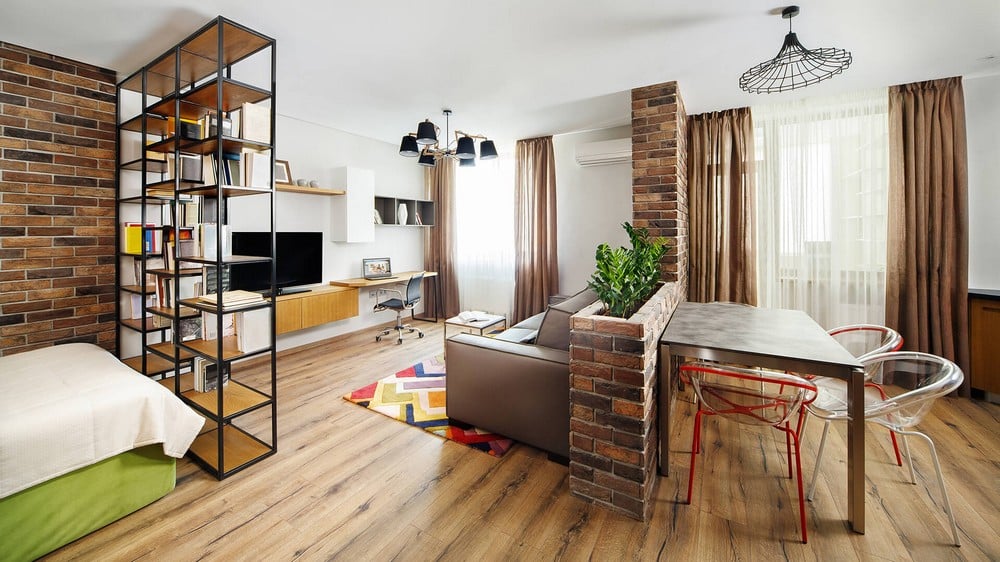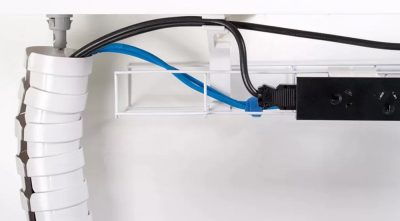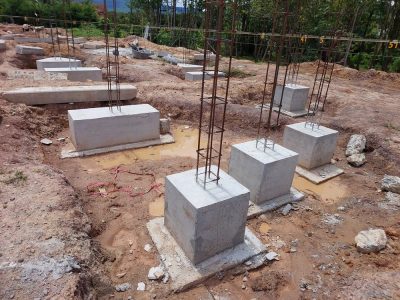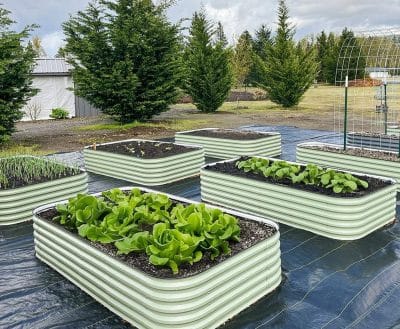
In the ever-evolving landscape of contemporary living, multi-functional spaces have emerged as a game-changer, revolutionising how we perceive and design our living environments. As urban sprawl encroaches upon available real estate and lifestyles become increasingly dynamic, the demand for adaptable, versatile spaces that seamlessly blend functionality and aesthetics has skyrocketed. This article delves into the future of flexible spaces, exploring the innovative design principles reshaping how we live, work, and thrive within our dwellings.
Maximising Utility
At the heart of multi-functional spaces lies the principle of maximising utility within a limited footprint. In an era where square footage comes at a premium, particularly in densely populated urban centres, these ingenious designs allow homeowners to optimise every inch of their living quarters. By embracing the concept of adaptability, multi-functional spaces empower residents to transform a single room into a chameleon-like environment, seamlessly transitioning from a cosy bedroom to a productive home office, or from a vibrant entertainment hub to a serene meditation nook.
Embracing Open-Concept Living
One of the hallmarks of multi-functional spaces is the embrace of open-concept living. This design philosophy breaks down traditional barriers and fosters a sense of connectivity within the home. These spaces encourage interaction and seamless flow between various functional zones by eliminating rigid walls and embracing fluid transitions. A well-designed open-concept layout can effortlessly integrate the kitchen, living room, and dining area, creating a harmonious environment that facilitates social gatherings, family bonding, and a heightened sense of togetherness.
Adaptive Furniture
At the forefront of multi-functional space design lies the ingenious integration of adaptive furniture. These innovative pieces are engineered to transform and adapt to the ever-changing needs of their inhabitants, serving multiple purposes within a single footprint. From Murphy beds seamlessly disappearing into the wall during the day to modular seating arrangements that can be reconfigured to accommodate varying group sizes, adaptive furniture is the cornerstone of flexibility, enabling homeowners to transition fluidly between various activities and functionalities.
Maximising Every Nook and Cranny
In the realm of multi-functional spaces, efficient storage solutions are paramount. By cleverly utilising every nook and cranny, designers can create a clutter-free environment that maximises the available space. From hydraulic beds with built-in storage compartments to wall-mounted cabinets that seamlessly blend into the decor, these innovative solutions provide ample storage and contribute to the overall aesthetic appeal of the space.
Illuminating Multi-functional Spaces
Lighting plays a pivotal role in the success of multi-functional spaces. By carefully considering the placement and quality of light sources, interior designers, such as the team at Boyes Design, can create a harmonious ambience that enhances the functionality of each designated area. Strategically placed task lighting can transform a living room into a productive workspace, while warm, ambient lighting can set the stage for a cosy evening spent unwinding.
The incorporation of natural light through thoughtful window placement and the use of translucent or transparent room dividers further enhances the overall experience, creating a sense of openness and connection with the outdoors.
Balancing Privacy and Openness
While open-concept living fosters connectivity, there are times when privacy and seclusion are desired. This is where the art of room division comes into play. Innovative solutions, such as sleek sliding walls or retractable partitions, allow homeowners to create distinct zones within the larger space effortlessly. These artful divisions provide visual and acoustic separation and serve as stunning design elements, seamlessly blending into the overall aesthetic when not in use.
Ensuring Seamless Flow
Effective circulation and accessibility are crucial components of multi-functional space design. By carefully considering foot traffic patterns and potential bottlenecks, designers can create intuitive pathways that facilitate seamless movement between various functional areas. Additionally, adhering to accessibility guidelines ensures that these spaces are inclusive and welcoming to individuals of all abilities, promoting a sense of universal design that prioritises comfort and convenience for all.
Maintaining a Unified Aesthetic
While multi-functional spaces embrace versatility, maintaining a cohesive and unified aesthetic is paramount. By carefully selecting materials, colours, and design elements, designers can create a harmonious visual language that ties the various functional zones together. This cohesion contributes to the overall aesthetic appeal and fosters a sense of continuity, ensuring that the space feels like a cohesive whole rather than a disjointed collection of disparate areas.
Future-Proofing Our Living Spaces
Multi-functional spaces are inherently aligned with the principles of sustainability and adaptability, two critical factors in the pursuit of a greener, more environmentally conscious future. By reducing the need for new construction and enabling spaces to evolve with changing lifestyles, these designs minimise waste, conserve resources, and promote a more sustainable approach to urban living. Additionally, the adaptability of multi-functional spaces ensures that they remain relevant and valuable investments, capable of seamlessly transitioning to meet the evolving needs of their occupants.
The Human-Centric Approach
Beyond their practical benefits, multi-functional spaces contribute significantly to overall well-being and quality of life. These adaptable spaces promote a heightened sense of autonomy and self-expression by fostering a sense of control and empowerment over one’s living environment. Furthermore, incorporating biophilic design principles, such as natural light, greenery, and a connection to the outdoors, can positively impact mental and physical health, creating a nurturing and therapeutic environment that supports holistic well-being.









